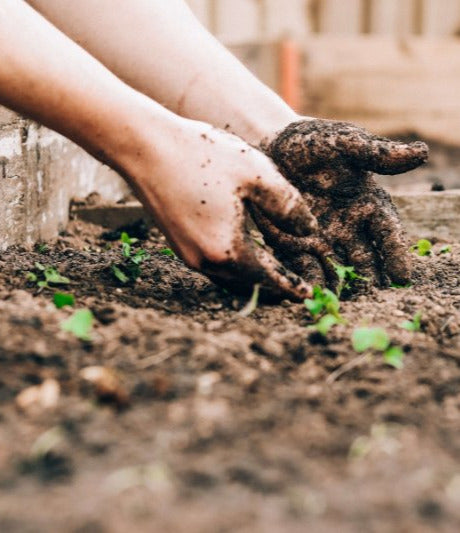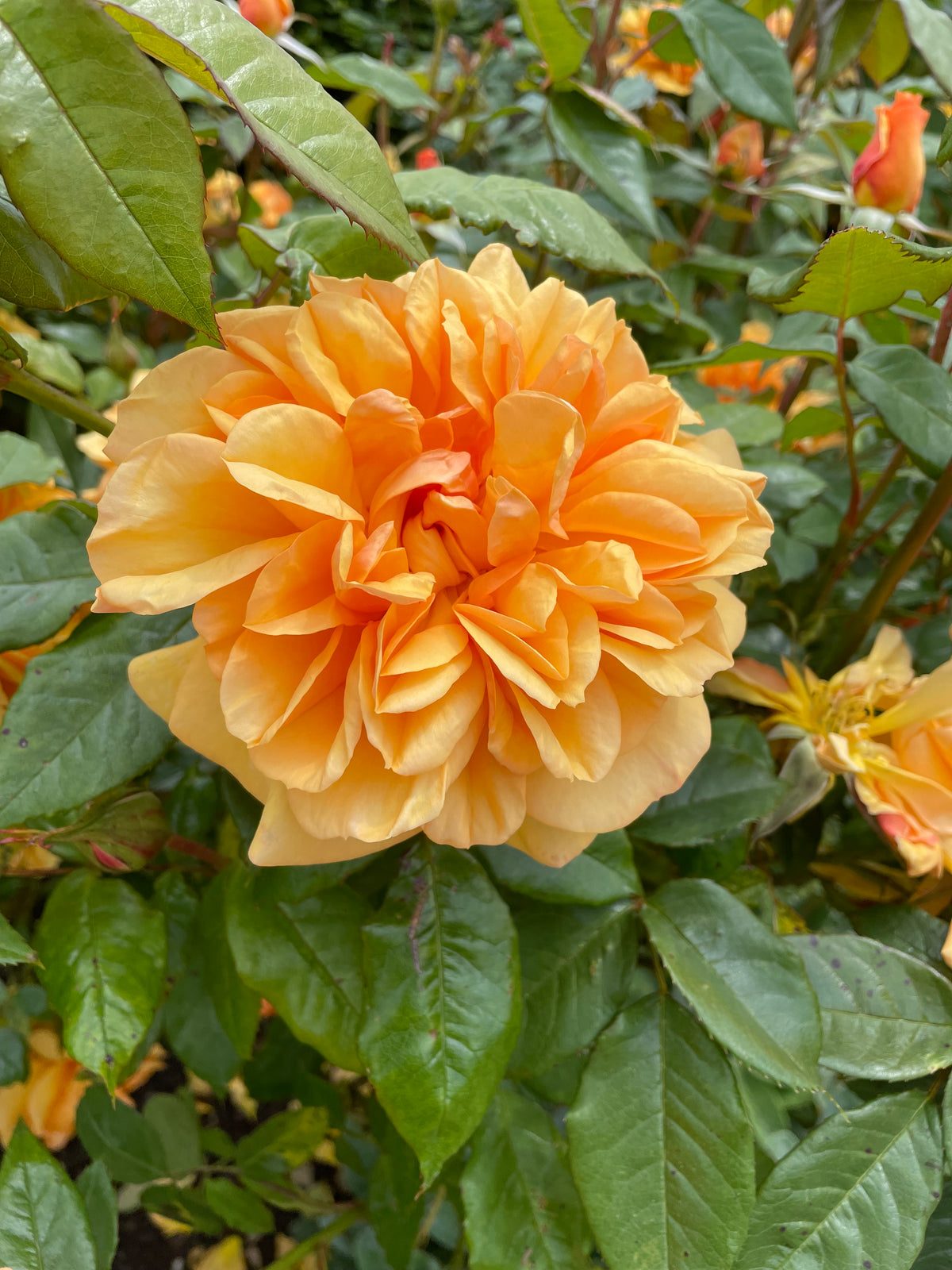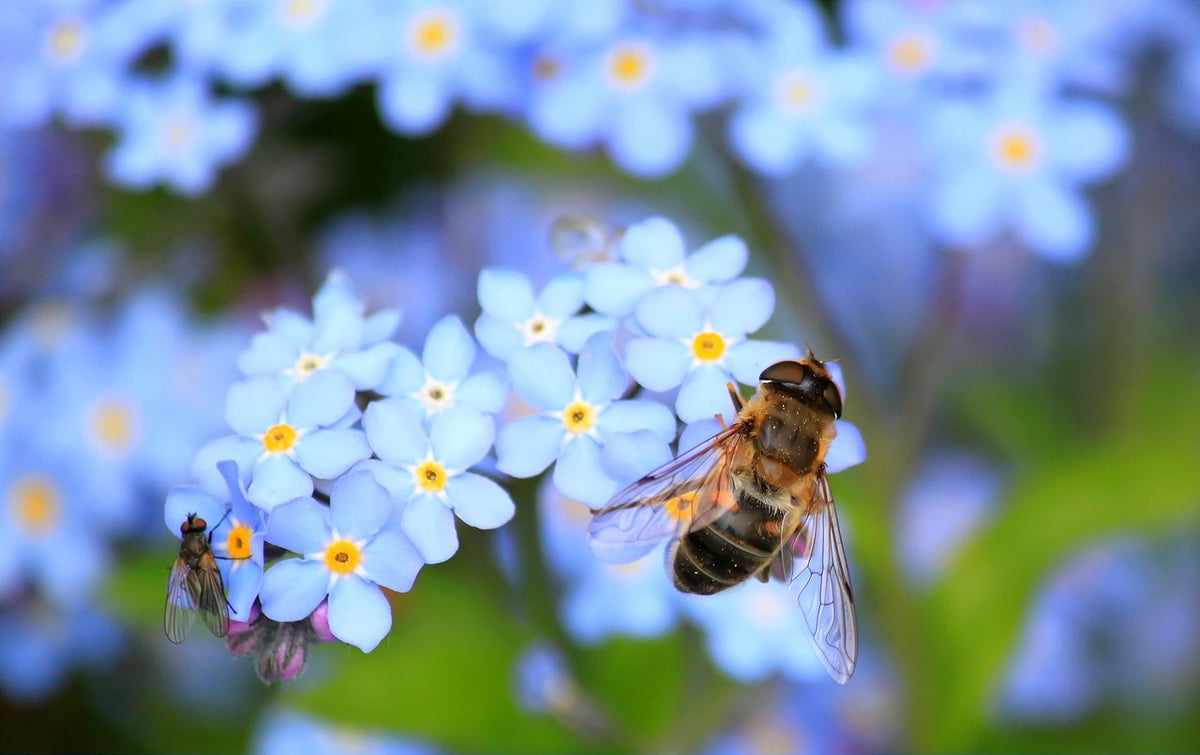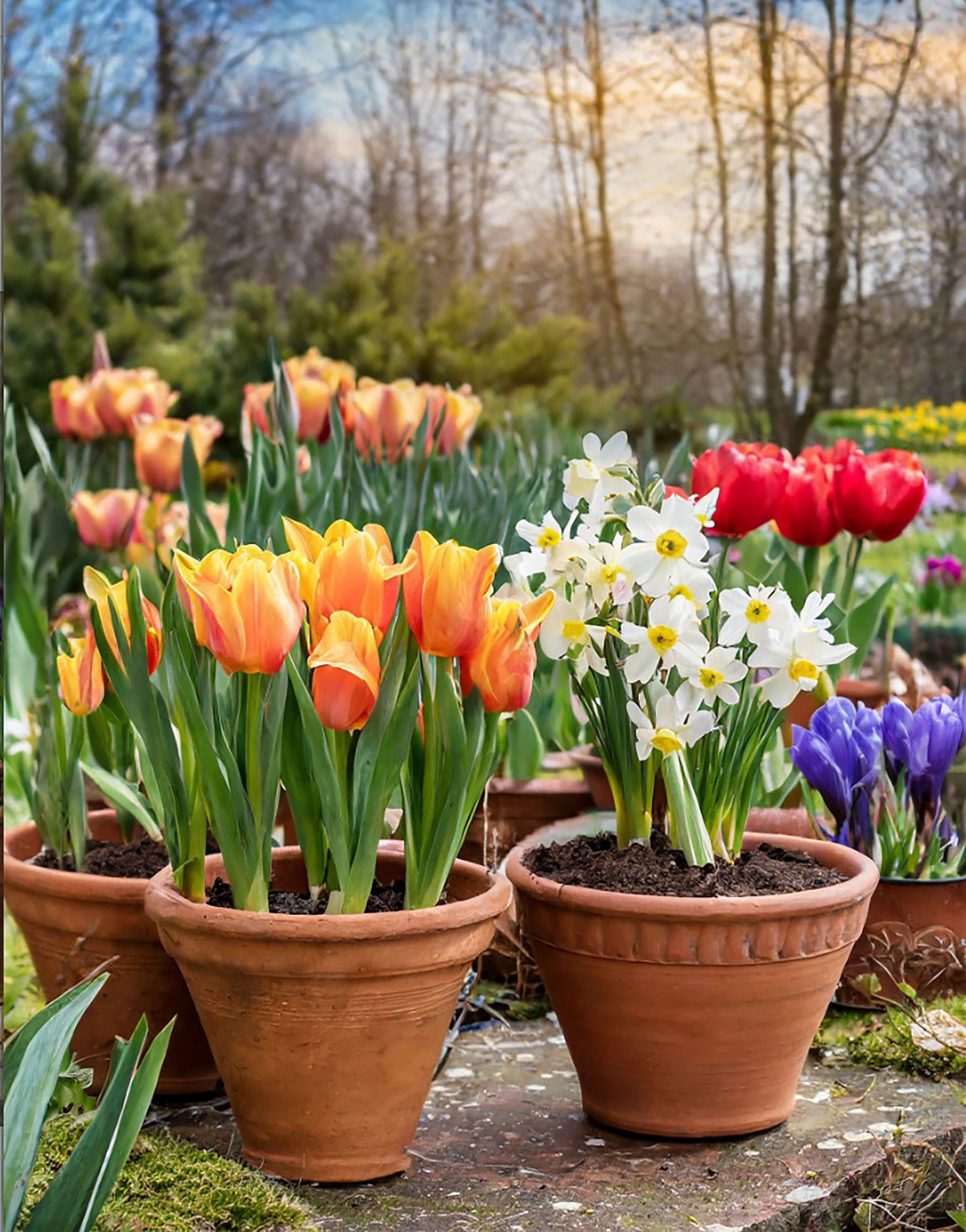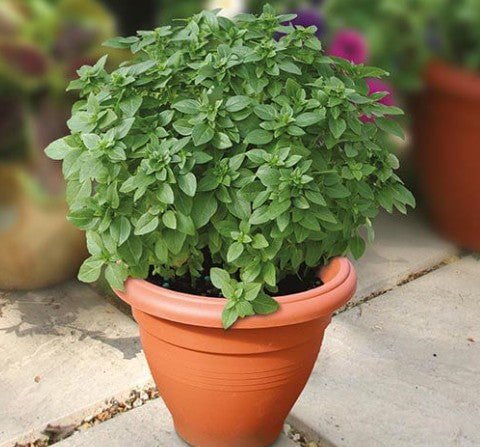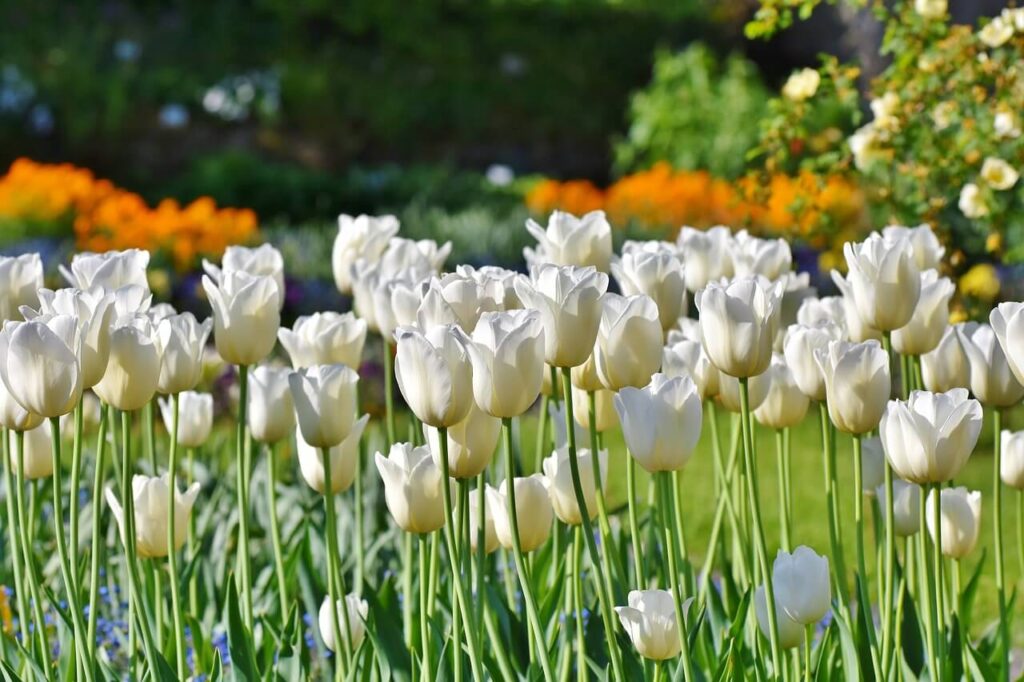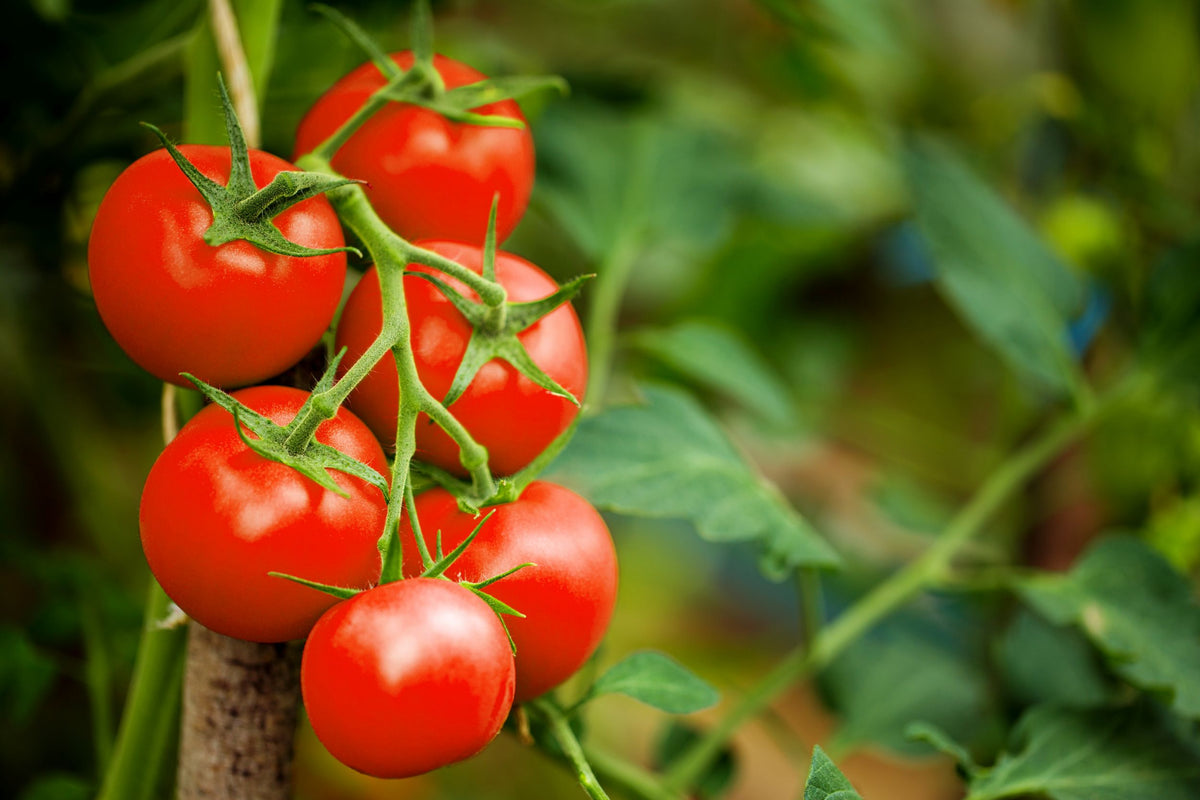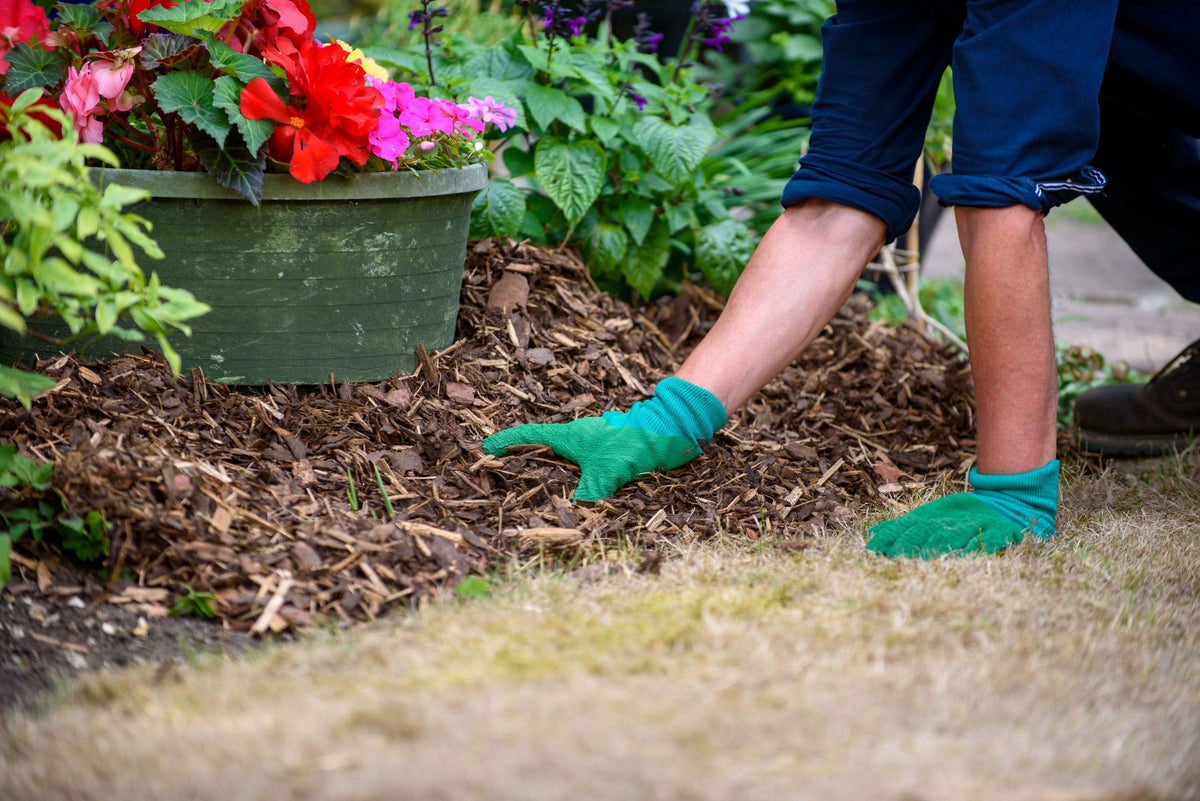January Gardening Jobs
Gardens can feel a bit bleak, but some prep work is still a great way to be outside, in the crisp, cold air, enjoying your green (or frosty!) space.
General Maintenance Jobs
· Tidy up – give your garden a good tidy by clearing fallen leaves and debris, and removing any dead plants from beds, borders, and pathways.
· Compost management – if you’ve created your own compost pile give it a turn to aerate it, adding any green garden waste if you have it. If you need to boost your compost stocks order in bulk here.
Outdoor Jobs
· Prune trees and shrubs – remove dead, damaged or crossing branches, and prune apple and pear trees. It’s best to avoid pruning plum, cherry or apricot trees until later in the year, to prevent disease.
· Inspect for pests: have a scan of your plants for overwintering pests and remove them by hand where possible. Try inspecting buds for aphids or clearing slugs and snails as you see them.
· Plant bare-root plants: as the weather improves, trees, shrubs, roses and hedging can be planted if the ground isn’t frozen.
· Protect plants – check fleece or cloches over tender plants for damage and move pots of tender plants to sheltered spots, especially if there’s a threat of frost.
Lawn and Path Care
· Avoid walking on frozen lawns – this can damage the grass making it trickier to bring your lawn back to life later in the season.
· Clean hard surfaces – moss and algae on patios or paths can become slippery in winter, so jetwash or clean these areas.
Greenhouse and Indoor Tasks
· Sow seeds – one of the nicest jobs for the month is to choose what you plan to grow this year and start early crops, such as lettuce, onions, and broad beans, indoors. You can also sow hardy annuals for summer flowers.
· Ventilation – on mild days, ventilate your greenhouse to reduce humidity and prevent mould.
Wildlife Care
· Feed birds – encourage birdlife into your garden by providing fresh water and food including seeds, suet and mealworms. Don’t forget to clean feeders regularly to prevent disease.
· Create shelter – leave some areas undisturbed for hibernating insects and small animals. Add a log pile for beetles and other wildlife.
Planning
· Order seeds – start planning your summer vegetable and flower garden for the year.
· Sketch things out – get pencil to paper, or use your tablet or an app to give some vision to your garden; consider crop rotation and companion planting.
· Inspect bulbs and tubers – check stored bulbs and tubers for rot or disease.
Don’t forget to get your planting off to the best start with good quality compost and mulch too!
February Gardening Jobs
For gardeners, February is a time of anticipation and hope. The bulbs are starting to shoot, and the buds are showing the first signs of emerging. But there’s still the fear that being out and getting stuck into any big jobs will do more harm than good! It’s best to think of February as a quiet time of preparation, and very weather dependent. Here are some of the jobs to tackle on a dry and clear day:
Get mulching - ensure beds and borders are ready ahead of planting and pruning time in March. This typically means tackling some preparatory work to make sure they’ve been mulched with either compost, manure or bark. But do try to keep off the soil so you don’t compact it and cause issues down the line – walking on planks of wood can be a sensible and practical solution.
Add some colour - if the weather allows, a great gardening job for February is to plant snowdrops in the green; this can sometimes be a more successful option than using bulbs in autumn, and you’ll also see the benefits this year, rather than having to wait.
Get stuck in with structural work - this can include cutting back hedges and pruning fruit trees and roses. You may also want to move any shrubs if the ground isn’t frozen or too wet. This will allow you to start to picture the shape of the garden for the year ahead and discover where those gaps for seasonal plants will be.
Think veg - any potato tubers which have been planted should be germinating nicely in containers during February, ready to be transplanted as the weather warms over the next month or two.
Deadhead - another useful gardening job for February is to deadhead winter shrubs and flowers to ensure a thick regrowth as spring properly takes hold!






